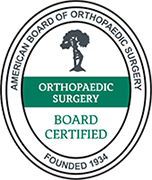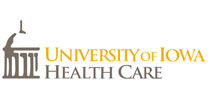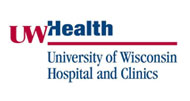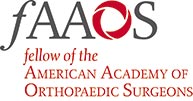What is Physeal Sparing Reconstruction of the Anterior Cruciate Ligament?
Physeal sparing reconstruction of the anterior cruciate ligament is a surgery to replace a torn anterior cruciate ligament or ACL, a major ligament of the knee, while minimizing damage to the growth plate (physis) present near the end of the bone. Ligaments are powerful bands of tissue that attach one bone to another, and the anterior cruciate ligament attaches the thighbone (femur) to the shinbone (tibia) to help stabilize the knee joint.
Physeal (growth plate) Anatomy
The physis or growth plate is a cartilaginous, translucent disc within the bone that causes longitudinal growth of long bones. The presence of the physis is a key difference between the bone of a child and that of an adult. About 15% to 30% of all bony injuries in children are related to physeal injuries.
What are the Causes of Anterior Cruciate Ligament Injuries?
Most anterior cruciate ligament injuries occur during fitness and sports activities that increase the stress on the knee, such as:
- Landing incorrectly from a jump
- Suffering a direct blow to the knee
- Pivoting with your foot firmly planted
- Abruptly changing direction
- Suddenly stopping
Advantages of Physeal Sparing Reconstruction of the Anterior Cruciate Ligament
Some of the advantages of physeal sparing reconstruction include:
- It provides anatomic reconstruction, therefore, improving knee stability
- Helps in avoiding angular deformities and lower limb growth disturbances
- Minimizes damage to the growth plates in the thighbone or shinbone
- Has a high rate of success with low morbidity
What Happens During Physeal Sparing Reconstruction of the Anterior Cruciate Ligament Procedure
The surgery is performed under general anesthesia with you lying on your back on the operating table. After adequately sterilizing the surgical area, a few small incisions will be made through which the arthroscope and tiny cutting instruments will be inserted. The torn ligament will be detached and replaced with a section of the tendon from another area of your knee or from a deceased donor. The attachment of the graft is made by drilling tunnels in the bone with minimum or no damage to the growth plate. Fluoroscopy (live x-ray) is used to confirm proper positioning, and the leg will be moved in various directions to check for satisfactory range of motion. The instruments will then be removed, and the surgical incisions will be closed with absorbable sutures.
Postoperative Care for Physeal Sparing Reconstruction of the Anterior Cruciate Ligament
Some of the instructions for postoperative care include:
- Use of a splint or knee brace for graft protection
- Use of crutches for practicing walking
- Keeping your leg elevated
- Application of ice to the knee
- Resting of the leg as much as possible
- Medications to control pain and swelling
- Limited weight-bearing activities
- Physical therapy to improve flexibility, range of motion, and strengthen muscles around the knee
What are the Risks Associated with Physeal Sparing Reconstruction of the Anterior Cruciate Ligament?
The procedure is very safe; however, as with any surgery, there are risks involved. Some of the potential risks associated with physeal sparing reconstruction of the anterior cruciate ligament include:
- Infection and bleeding at the surgical site
- Poor healing of the graft
- Failure of the graft after returning to sport
- Stiffness or knee pain










